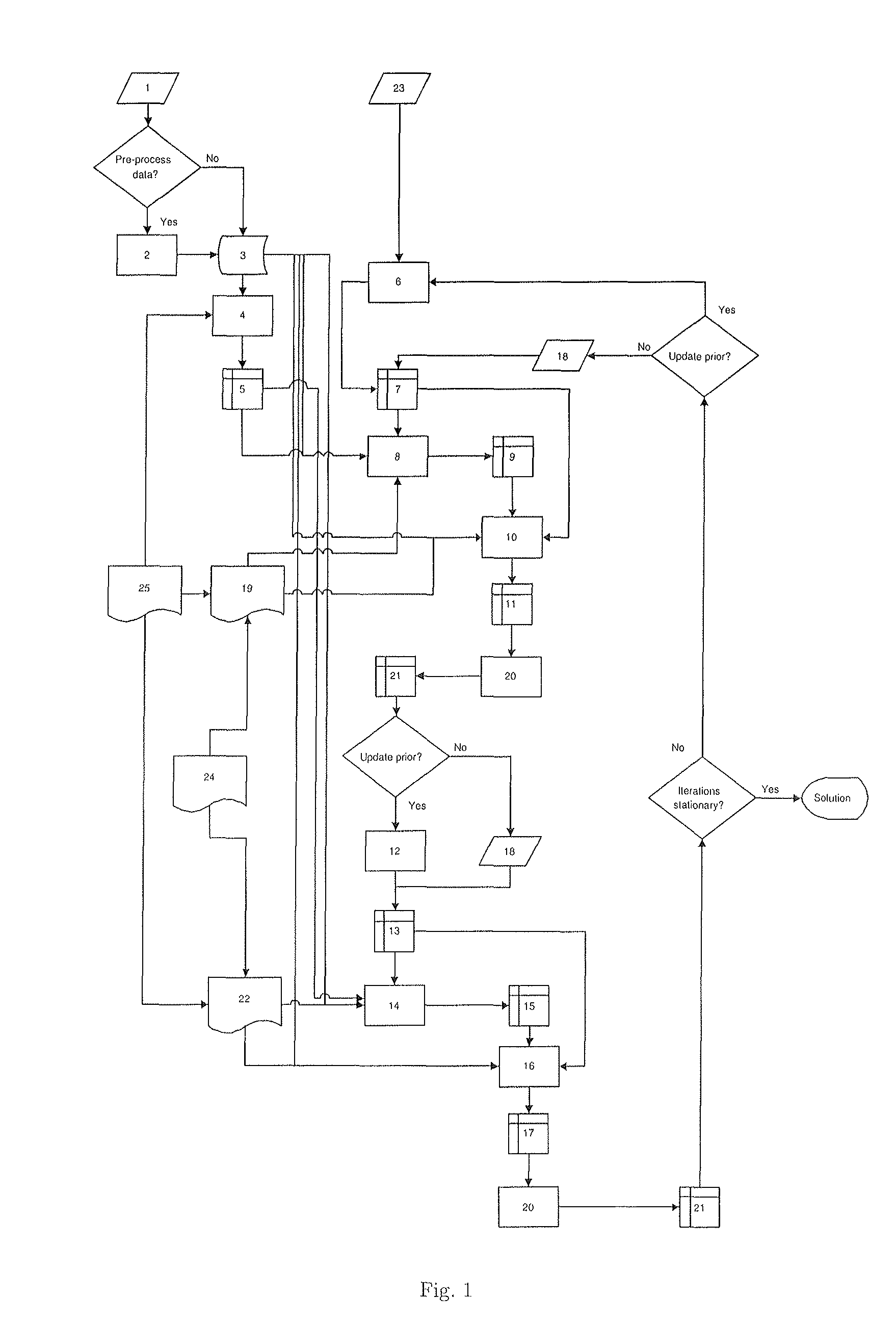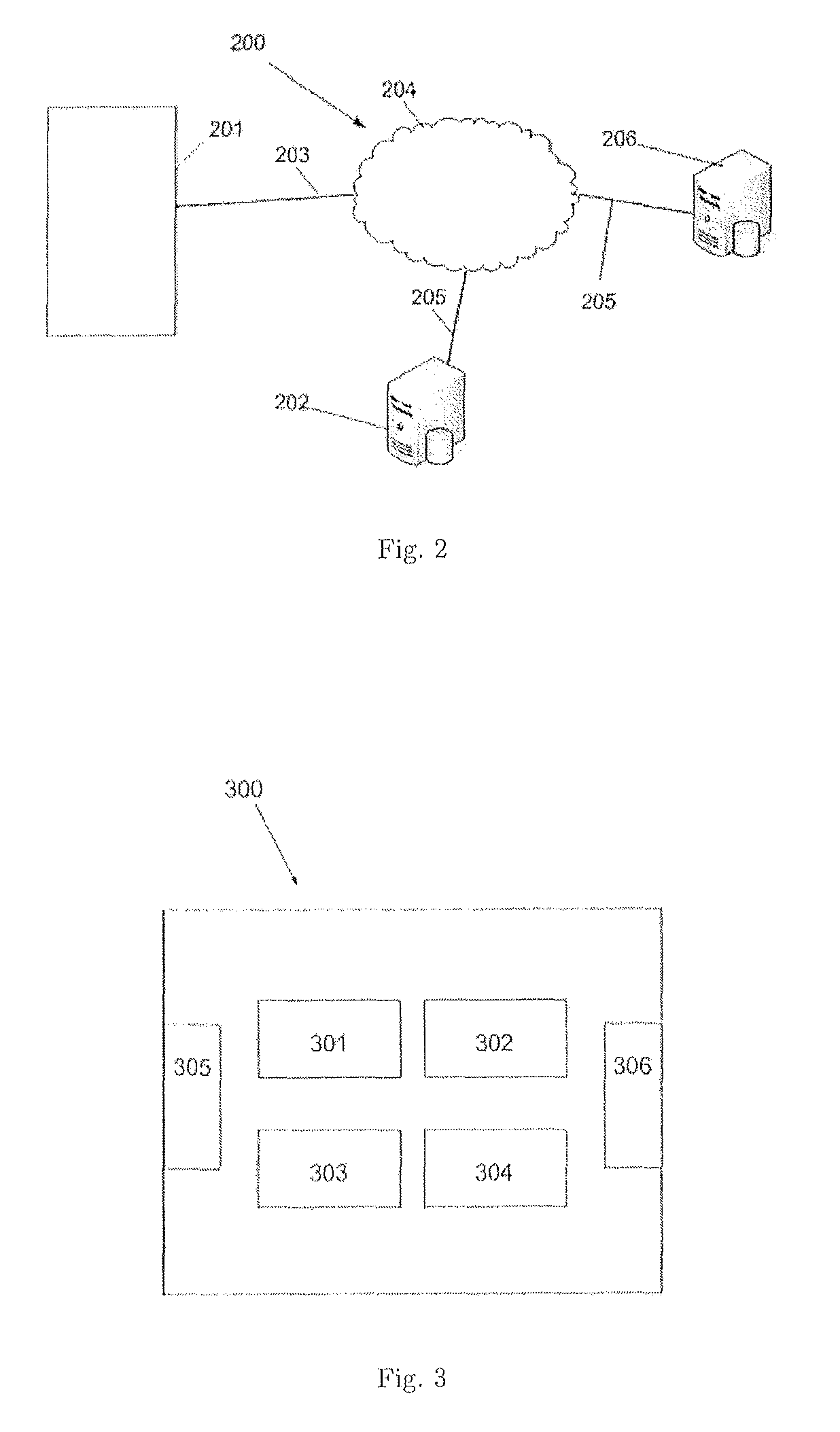Iterated variational regularization combined with componentwise regularization
a componentwise and variational regularization technology, applied in the direction of instruments, material analysis using wave/particle radiation, computation using denominational number representation, etc., can solve the problem that the inverse problem is severely ill-posed only in one component, and achieve the effect of stable reconstruction
- Summary
- Abstract
- Description
- Claims
- Application Information
AI Technical Summary
Benefits of technology
Problems solved by technology
Method used
Image
Examples
example 5.13
ample is when ̂V1 ⊂(Ω,) (for some domain Ω⊂) denotes a fixed subset representing the feasible ̂V1-components. In particular, it is assumed that all functions in ̂V1 are non-negative and ̂V1 can e.g. be a finite dimensional vector space representing unknown parameters that need to be recovered as well but that are not the primary interest. If the multicomponent inverse problem is not ill-posed w.r.t. the ̂V2-component, then we recover that component by a simple least squares approach. In this case the reconstruction method RT,λ2(·;T,f)2(·;f) will not have any associated parameter selection rule λ2(·;f,T) and it will not depend on any prior T (so we therefore do not have any mooting operator F2), so steps (8)-(9) above are ignored and the reconstruction operator in step (10) is given by
2(g;f):=argminh∈γ / 2((f,h),g).
In the case with finite data (so for some m) one often defines the Hilbert space norm D as
D(c,g):=√{square root over ((c−g)t·Σ−1·(c−g))}{square root over ((c−g)t·Σ−1·(c−g))...
PUM
 Login to View More
Login to View More Abstract
Description
Claims
Application Information
 Login to View More
Login to View More - R&D
- Intellectual Property
- Life Sciences
- Materials
- Tech Scout
- Unparalleled Data Quality
- Higher Quality Content
- 60% Fewer Hallucinations
Browse by: Latest US Patents, China's latest patents, Technical Efficacy Thesaurus, Application Domain, Technology Topic, Popular Technical Reports.
© 2025 PatSnap. All rights reserved.Legal|Privacy policy|Modern Slavery Act Transparency Statement|Sitemap|About US| Contact US: help@patsnap.com



